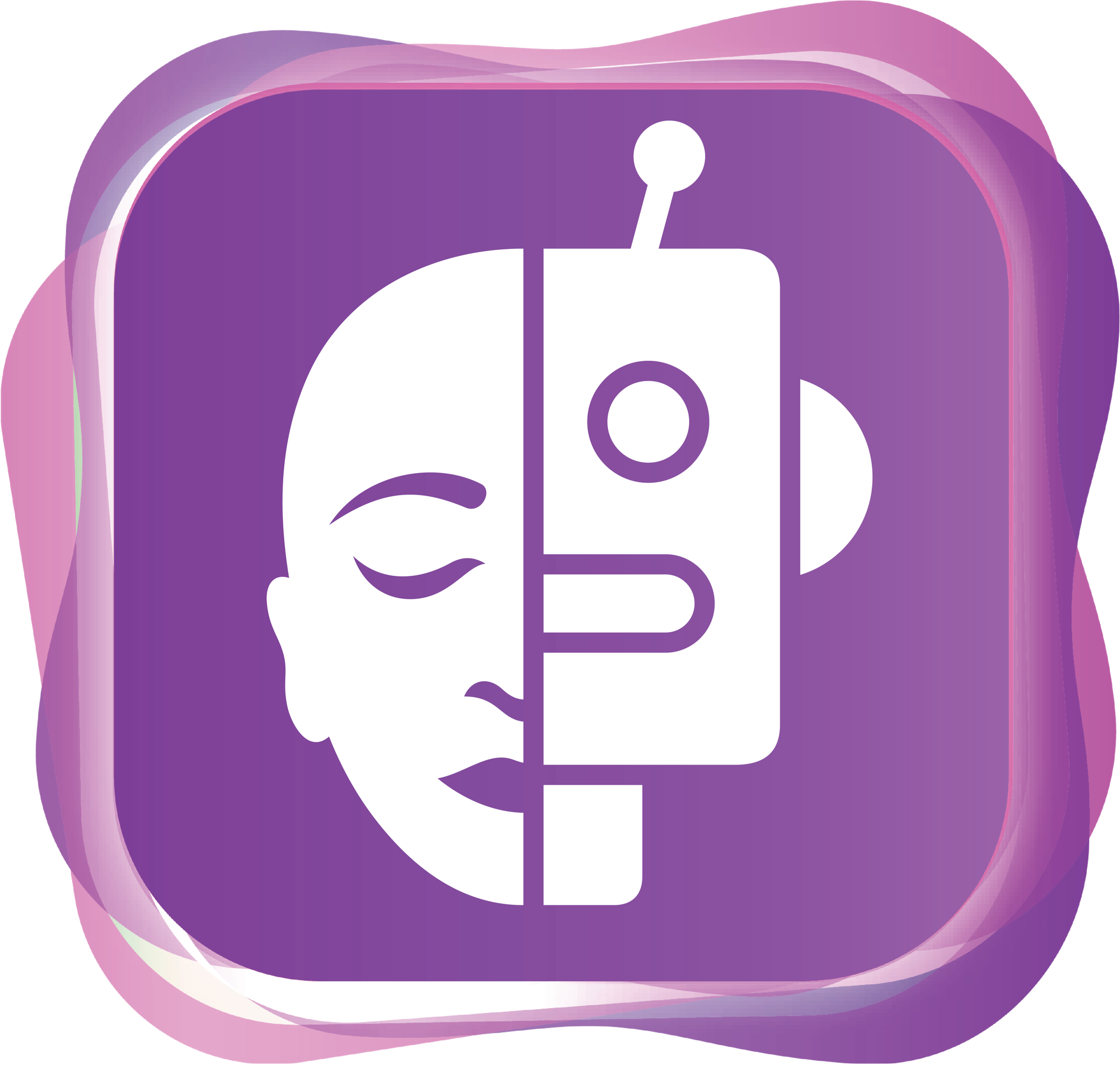 |
CCAI9013 Artificial Intelligence
|
Course Description
Ever wondered how machines can understand feelings? Dive into “Emotions and AI: Bridging Technology and Human Experience”, a course designed for curious minds from all academic backgrounds! Whether you’re new to tech or exploring interdisciplinary paths, this journey blends cutting-edge AI with the fascinating science of human emotions.
Through lectures, hands-on tutorials, and real-world case studies, you’ll explore how AI decodes emotions using voice, facial expressions, and language. No coding experience? No problem! Our intuitive cloud-based tools let you experiment with machine learning, natural language processing, and emotion recognition—no technical background required.
Go beyond algorithms: Delve into psychology, emotional intelligence, and the ethics of “emotion-aware” tech. How can AI support mental health? Should machines influence human feelings? Debate these questions in lively discussions and collaborative projects.
By blending theory with practice, you’ll gain skills applicable to fields like healthcare, education, and tech innovation—all while aligning with global sustainability goals (SDGs). Leave with a portfolio of AI projects, a critical understanding of societal impacts, and the confidence to shape an empathetic digital future.

Course Learning Outcomes
On completing the course, students will be able to:
- Students will be able to apply AI techniques to analyze and interpret human emotions as students will learn how AI can be used to understand human emotions, a critical aspect of human behavior and society.
- Students will be able to identify and discuss the ethical implications of using AI to interpret emotions, including issues of privacy, bias, and fairness as ethical considerations often involve understanding and respecting cultural differences
- Students will be able to participate more fully in global, regional, and local communities by understanding and applying AI techniques to real-world scenarios, such as healthcare, marketing, and entertainment.
- Through group projects and discussions, students will develop collaborative skills, learning to work together to analyze emotional data and develop AI models.
- Students will enhance their communication skills by presenting their findings and discussing their work with peers and faculty.
Offer Semester and Day of Teaching
First and Second semester (course will be offered twice)
Section 1 – First semester (Wed); Section 2 – Second semester (Wed)
Study Load
| Activities | Number of hours |
| Lectures | 20 |
| Tutorials | 10 |
| Practicals | 6 |
| Reading / Self-study | 50 |
| Assessment: Mini-project | 6 |
| Assessment: In-class quizzes | 1 |
| Assessment: Presentation (incl preparation) | 40 |
| Total: | 133 |
Assessment: 100% coursework
| Assessment Tasks | Weighting |
| Mini project | 25 |
| Group presentation | 30 |
| In-class quizzes | 20 |
| Participation in classroom activities | 25 |
Required Reading
Articles:
- Graham, S., et al. (2019). Artificial Intelligence for Mental Health and Mental Illnesses: an Overview. Current psychiatry reports, 21(11), 116–118.
- Lee, E. E., et al. (2021). Artificial Intelligence for Mental Health Care: Clinical Applications, Barriers, Facilitators, and Artificial Wisdom. Biological psychiatry: cognitive neuroscience and neuroimaging, 6(9), 856–864.
- Olawade, D. B., et al. (2024). Enhancing mental health with Artificial Intelligence: Current trends and future prospects. Journal of medicine, surgery, and public health, 3(100099).
Book Chapters:
- Darwin, C. (1872). The expression of the emotions in man and animals. London: John Murray. [Chap. 1 “General principle of expression”; Chap. 2 “General principle of expression – continued”; Chap. 3 “General principle of expression – concluded”]
- Floridi, L., & Mazzi, F. (Eds.). (2023). The ethics of artificial intelligence for the sustainable development goals. Springer. From https://doi.org/10.1007/978-3 -031-2114 7-8
- Fox, A. S., Lapate, R. C., Shackman, A. l., & Davidson, R. l (Eds.). (2018). The Nature of Emotion: Fundamental Questions (2nd ed.). New York, NY: Oxford University Press. [Q.4 “What is the added value of studying the brain for understanding emotion?”; Q.5 “How are emotions organized in the brain?”; Q.13 “How are emotions integrated into choice?”]
- Luxton, D. D. (Ed.). (2015). Artificial intelligence in behavioral and mental health care. Academic Press. [Chap. 1 “An introduction to artificial intelligence in behavioral and mental health care”; Chap. 2 “Expert systems in mental health care: AI applications in decision-making and consultation”; Chap. 11 “Ethical issues and artificial technologies in behavioural and mental health care”]
- Meiselman, H. L. (Ed.). (2021). Emotion measurement (2nd ed.). Oxford: Woodhead Publishing. [Chap. 1 “Theoretical approaches to emotion and its measurement”; Chap. 7 “Behavioral measures of emotion”; Chap. 9 “Lists of emotional stimuli”; Chap. 29 “Different ways of measuring emotions cross-culturally”]
- Picard, R. W. (1997). Affective computing. Cambridge, Mass: MIT Press. [Chap. 2 “Affective computers”; Chap. 3 “Applications of affective computers”; Chap. 4 “Potential concerns”]
Course Co-ordinator and Teacher(s)
| Course Co-ordinator | Contact |
| Miss N.K.M. Lau Department of Psychiatry, LKS Faculty of Medicine |
Tel: 2831 5429 Email: niclkm@hku.hk |
| Teacher(s) | Contact |
| Miss N.K.M. Lau Department of Psychiatry, LKS Faculty of Medicine |
Tel: 2831 5429 Email: niclkm@hku.hk |

